Home>Gardening & Outdoor>Outdoor Entertaining>How To Keep Bugs Away From A Picnic
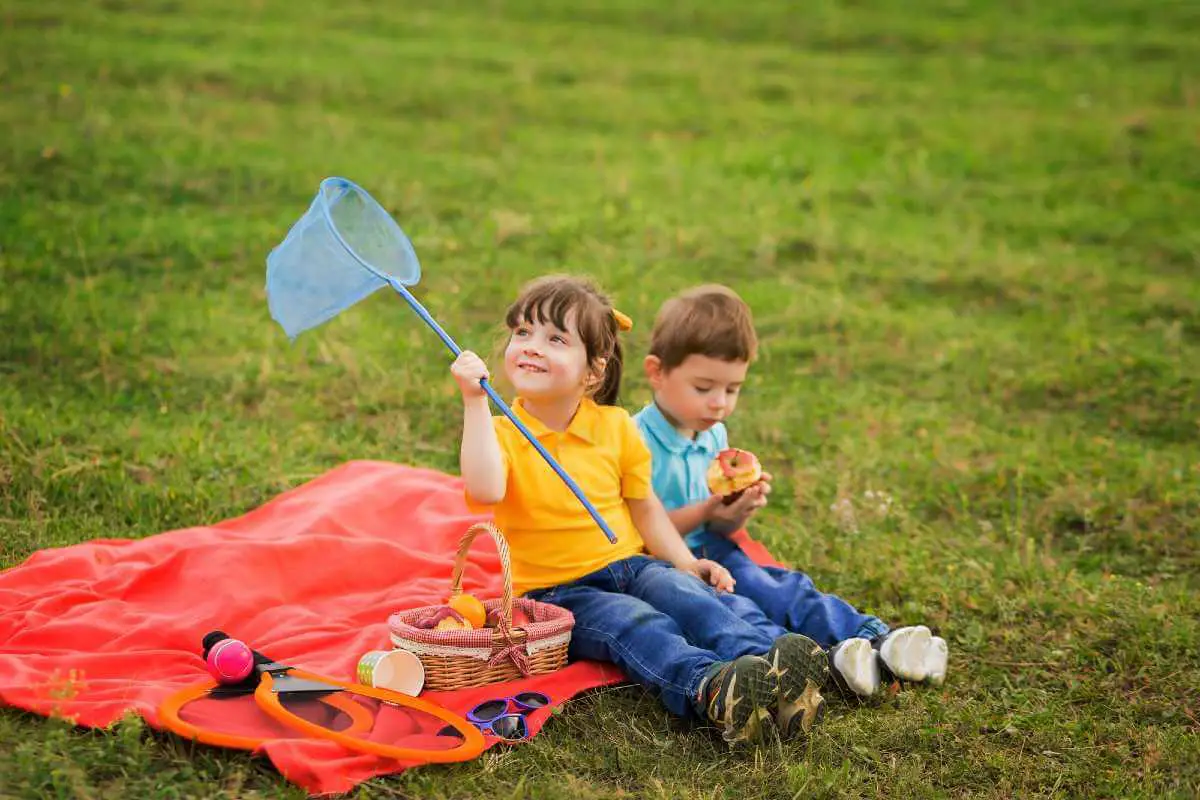

Outdoor Entertaining
How To Keep Bugs Away From A Picnic
Modified: August 28, 2024
Learn how to keep bugs away from your outdoor entertaining with these effective tips and tricks for a bug-free picnic. Enjoy your outdoor gatherings without the nuisance of pesky insects.
(Many of the links in this article redirect to a specific reviewed product. Your purchase of these products through affiliate links helps to generate commission for Storables.com, at no extra cost. Learn more)
Introduction
Planning a picnic is an exciting venture, filled with the promise of delicious food, great company, and the beauty of the great outdoors. However, one common nuisance that can quickly put a damper on the festivities is the presence of pesky bugs. Whether it's ants eyeing your sandwich, flies buzzing around the fruit salad, or mosquitoes on the prowl, dealing with insects can be a real buzzkill. But fear not, as there are numerous effective strategies to keep bugs at bay and ensure a pleasant outdoor dining experience.
In this comprehensive guide, we will explore various techniques and tips to help you enjoy your picnic without unwanted insect guests. From preparing the picnic area to selecting bug-repellent foods and utilizing natural repellents, we've got you covered. So, grab your picnic basket, blanket, and sunscreen, and let's dive into the wonderful world of outdoor dining while keeping the bugs at bay!
Key Takeaways:
- Enjoy a bug-free picnic by preparing the area with a flat, dry surface, using mesh covers, and strategically placing citronella candles to repel insects.
- Incorporate bug-repellent foods like garlic, apple cider vinegar, and citrus fruits into your picnic menu to naturally deter unwanted pests.
Read more: How To Keep Bees Away From Picnic
Understanding the Problem
Before delving into solutions, it's essential to understand the nature of the bug-related challenges you might encounter during a picnic. Insects are drawn to picnics by the enticing aroma of food, the bright colors of fruits and beverages, and the warmth of the environment. Understanding their attraction to your picnic will help you implement effective preventive measures.
Common picnic pests include ants, flies, wasps, and mosquitoes. Ants are particularly attracted to sugary substances and crumbs, while flies are drawn to a wide array of foods, especially those with pungent aromas. Wasps are lured by sweet beverages and meats, and mosquitoes are enticed by body heat and carbon dioxide, making them a persistent annoyance during outdoor gatherings.
By comprehending the behavior and preferences of these pests, you can take proactive steps to mitigate their presence and minimize the likelihood of an insect invasion. With this knowledge in mind, you can proceed to prepare the picnic area and select bug-repellent foods to create an environment that is less appealing to these unwanted visitors.
Preparing the Picnic Area
Creating a well-prepared and bug-resistant picnic area is essential for a successful outdoor gathering. Start by choosing a location with a flat and dry surface, as stagnant water can attract mosquitoes. Additionally, consider setting up your picnic away from areas with dense vegetation, as these spots tend to harbor more insects. If possible, opt for a location with a gentle breeze, as this can help deter flying pests.
Once you’ve selected the perfect spot, it’s time to set up your picnic area. Begin by laying down a picnic blanket or tablecloth. If you’re using a table, consider placing each table leg in a small container filled with water, as this can act as a barrier against ants and other crawling insects. For added protection, you can sprinkle diatomaceous earth around the perimeter of your picnic area, as it acts as a natural insect repellent.
Another essential step in preparing the picnic area is to invest in a portable, pop-up mesh tent or food cover. These covers are invaluable for safeguarding your food from flying insects while still allowing guests to easily access the delicious spread. Additionally, they provide a barrier against unwanted pests and are a simple yet effective way to keep bugs at bay.
Furthermore, consider incorporating strategically placed citronella candles or torches around the picnic area. Citronella is known for its insect-repelling properties, particularly against mosquitoes. Not only do these candles add a charming ambiance to your outdoor gathering, but they also serve as a natural deterrent for pesky bugs.
By taking these proactive measures and preparing the picnic area thoughtfully, you can create a pleasant and bug-resistant environment for your outdoor dining experience. With a well-prepared picnic area, you’re one step closer to enjoying a delightful meal without the interference of unwanted insects.
Choosing Bug-Repellent Foods
When planning a picnic, selecting bug-repellent foods can play a pivotal role in deterring insects while also adding a delightful and flavorful dimension to your outdoor spread. Certain foods and ingredients naturally possess properties that repel bugs, making them valuable additions to your picnic menu.
One exemplary bug-repellent food is garlic. Incorporating garlic into your dishes not only infuses them with rich flavor but also acts as a natural insect deterrent. Whether used in marinades, dressings, or as a seasoning, garlic can help ward off mosquitoes and other pests, enhancing the overall enjoyment of your picnic.
Another bug-repellent ingredient to consider is apple cider vinegar. This versatile pantry staple can be utilized in various recipes and also serves as an effective bug deterrent. By incorporating apple cider vinegar into salad dressings, marinades, or even creating refreshing beverages with it, you can help repel insects while adding a tangy twist to your culinary creations.
Furthermore, certain herbs and spices possess natural bug-repellent properties. Ingredients such as mint, basil, rosemary, and thyme not only elevate the flavor profile of your dishes but also act as effective insect deterrents. Consider incorporating these herbs into your recipes or using them as garnishes to help keep bugs at bay.
Additionally, including citrus fruits in your picnic menu can contribute to repelling insects. The natural oils found in citrus peels, such as those from lemons, limes, and oranges, are known for their bug-repellent properties. Whether used in marinades, desserts, or infused water, citrus fruits can serve as a flavorful and effective tool in deterring unwanted pests.
By strategically incorporating bug-repellent foods into your picnic menu, you can create a culinary experience that not only tantalizes the taste buds but also helps keep insects at bay. These natural deterrents not only contribute to a more enjoyable outdoor dining experience but also showcase the versatility of bug-repellent ingredients in creating delicious and vibrant picnic fare.
Use natural bug repellents like citronella candles, essential oils, or herbs like mint and basil to keep bugs away from your picnic.
Using Natural Bug Repellents
Embracing natural bug repellents is a proactive and eco-friendly approach to mitigating insect intrusions during a picnic. By incorporating natural repellents into your outdoor dining experience, you can create a bug-resistant environment while minimizing the use of harsh chemicals. From essential oils to homemade repellent sprays, there are various natural solutions to explore.
One effective natural bug repellent is essential oils. Certain essential oils, such as citronella, lavender, eucalyptus, and peppermint, are renowned for their insect-repelling properties. Diluting these oils with a carrier oil, such as coconut or jojoba oil, and applying them to exposed skin can provide a layer of protection against mosquitoes and other biting insects. Additionally, diffusing these oils or creating homemade candles infused with them can help deter bugs from the picnic area.
Vinegar is another versatile natural bug repellent. A simple solution of water and vinegar can be sprayed onto picnic surfaces to deter ants and other crawling insects. Additionally, incorporating vinegar into your cleaning routine for picnic utensils and surfaces can help repel pests while maintaining a clean and bug-resistant environment.
Citrus peels, particularly those from lemons and oranges, can serve as potent natural bug repellents. Placing these peels strategically around the picnic area or rubbing them on the skin can help deter mosquitoes and other flying pests. Not only do citrus peels provide a natural and aromatic bug-repelling solution, but they also add a pleasant fragrance to the outdoor setting.
Furthermore, consider utilizing natural bug repellent plants to create a protective barrier around the picnic area. Plants such as marigolds, lavender, and citronella are known for their insect-repelling properties and can be strategically positioned to help deter bugs. Additionally, incorporating these plants into the picnic decor adds a touch of natural beauty while serving a practical purpose.
By embracing natural bug repellents, you can create a bug-resistant picnic environment while minimizing the use of synthetic chemicals. These natural solutions not only contribute to a more eco-friendly approach to pest control but also add a delightful and aromatic dimension to your outdoor dining experience.
Read more: How To Keep Flies Away From Picnic
Setting Up Bug Traps
Setting up bug traps is an effective and proactive approach to managing insect populations during a picnic. By strategically placing traps around the picnic area, you can help mitigate the presence of unwanted pests and create a more enjoyable outdoor dining experience. From DIY solutions to commercially available traps, there are various options to consider when setting up bug traps.
One simple yet effective bug trap involves creating a DIY fruit fly trap. Using a small container, such as a mason jar or bowl, fill it with a mixture of apple cider vinegar and a few drops of dish soap. Cover the container with plastic wrap and poke small holes in the top. The scent of the vinegar will attract fruit flies, and the soap will break the surface tension, causing them to drown in the solution. Placing these traps around the picnic area can help manage fruit fly populations near food and beverages.
For flying insects such as mosquitoes and flies, consider utilizing commercially available bug zappers or electric insect traps. These devices use UV light to attract insects and then electrocute them upon contact. Strategically placing bug zappers around the picnic area can help reduce the presence of flying pests and create a more comfortable outdoor environment for you and your guests.
Another proactive bug trap solution involves utilizing sticky traps or ribbons. These adhesive-based traps can be hung in strategic locations to capture flying insects. By positioning these traps near food and beverage areas, you can help intercept and manage insect populations, reducing the likelihood of unwanted pests disrupting your picnic.
Additionally, consider incorporating natural bug traps, such as carnivorous plants, into the picnic setting. Plants like the Venus flytrap and sundew are natural insect predators and can help manage flying insect populations. Placing these plants in decorative containers around the picnic area not only adds a unique touch to the ambiance but also serves as a natural bug-trapping solution.
By setting up bug traps, you can take proactive steps to manage insect populations and create a more pleasant outdoor dining environment. Whether utilizing DIY solutions or commercially available traps, incorporating bug traps into your picnic setup can help minimize the presence of unwanted pests and ensure a delightful and bug-resistant experience for you and your guests.
Conclusion
Planning a picnic should be a delightful and memorable experience, free from the interference of pesky bugs. By understanding the behavior of common picnic pests and implementing proactive strategies, you can create a bug-resistant outdoor dining environment that allows you and your guests to fully enjoy the beauty of nature and the pleasures of a delicious meal.
From preparing the picnic area with thoughtful strategies such as utilizing mesh food covers and citronella candles to choosing bug-repellent foods and incorporating natural repellents, there are numerous approaches to consider. Additionally, setting up bug traps can serve as a proactive measure to manage insect populations and ensure a more comfortable and enjoyable picnic experience.
By embracing natural bug repellents, such as essential oils, vinegar, and citrus peels, you can create a bug-resistant environment while minimizing the use of synthetic chemicals. These natural solutions not only contribute to a more eco-friendly approach to pest control but also add a delightful and aromatic dimension to your outdoor dining experience.
Ultimately, the goal of implementing these bug-resistant strategies is to create a welcoming and enjoyable picnic atmosphere where the focus is on delightful food, great company, and the beauty of the outdoors. By taking proactive steps to keep bugs at bay, you can ensure that your picnic is a memorable and bug-free occasion for all to savor.
So, armed with these valuable insights and strategies, you’re well-equipped to host a delightful and bug-resistant picnic that will be cherished by all. With the right preparations and bug-repellent measures in place, you can look forward to a wonderful outdoor dining experience surrounded by nature’s beauty and the company of loved ones.
Frequently Asked Questions about How To Keep Bugs Away From A Picnic
Was this page helpful?
At Storables.com, we guarantee accurate and reliable information. Our content, validated by Expert Board Contributors, is crafted following stringent Editorial Policies. We're committed to providing you with well-researched, expert-backed insights for all your informational needs.
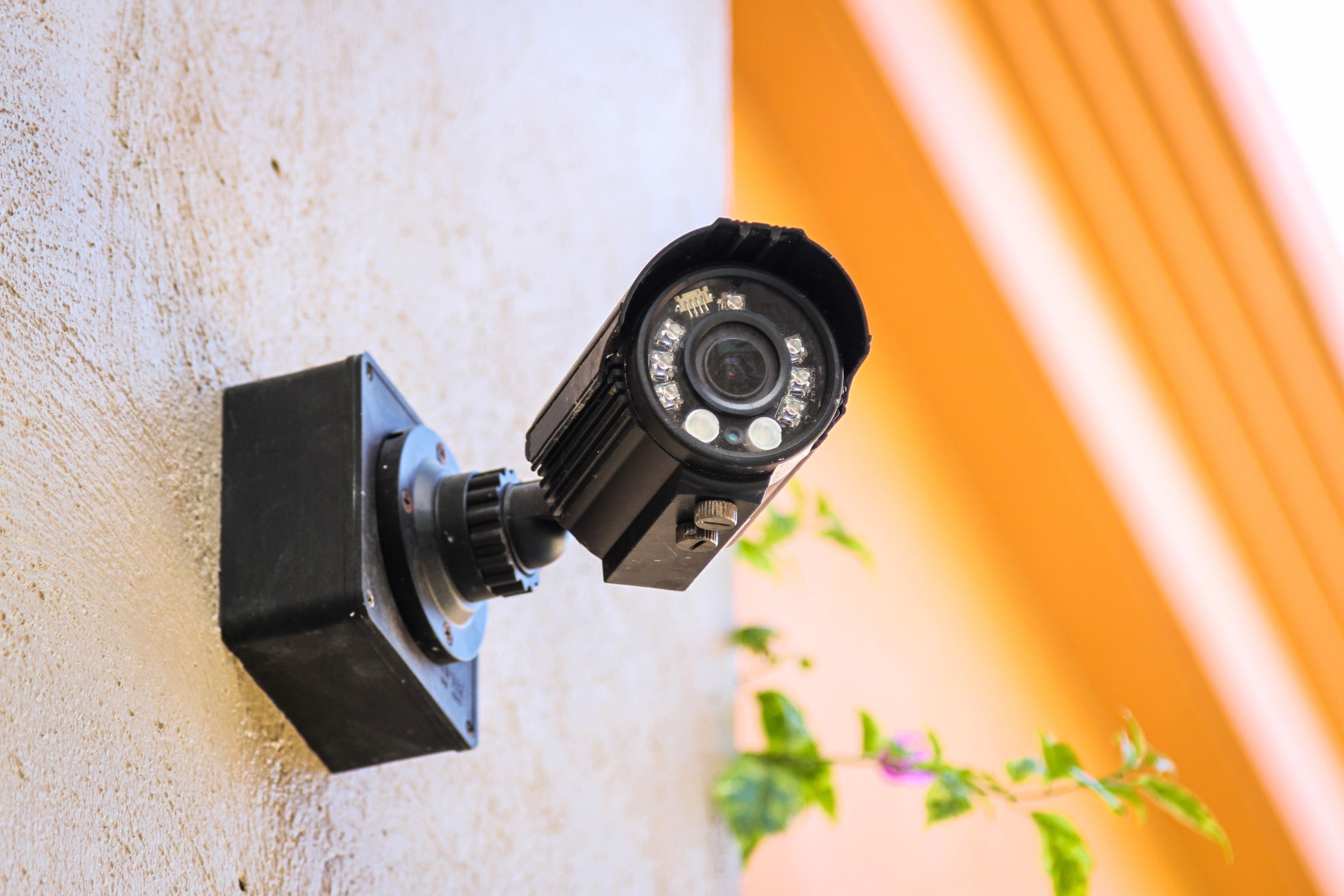
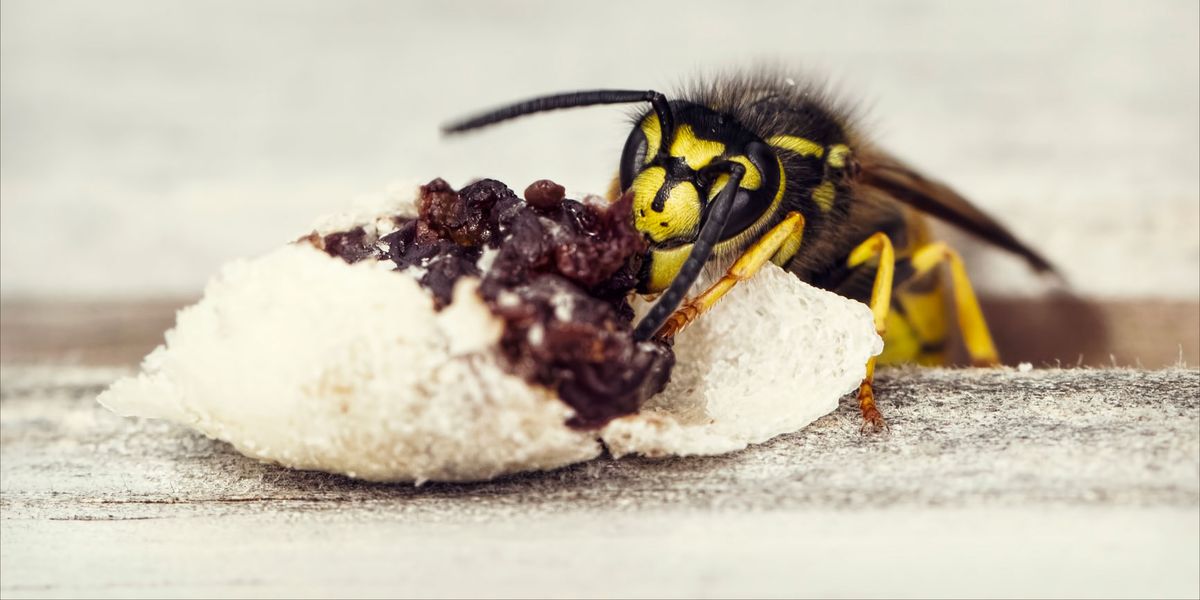
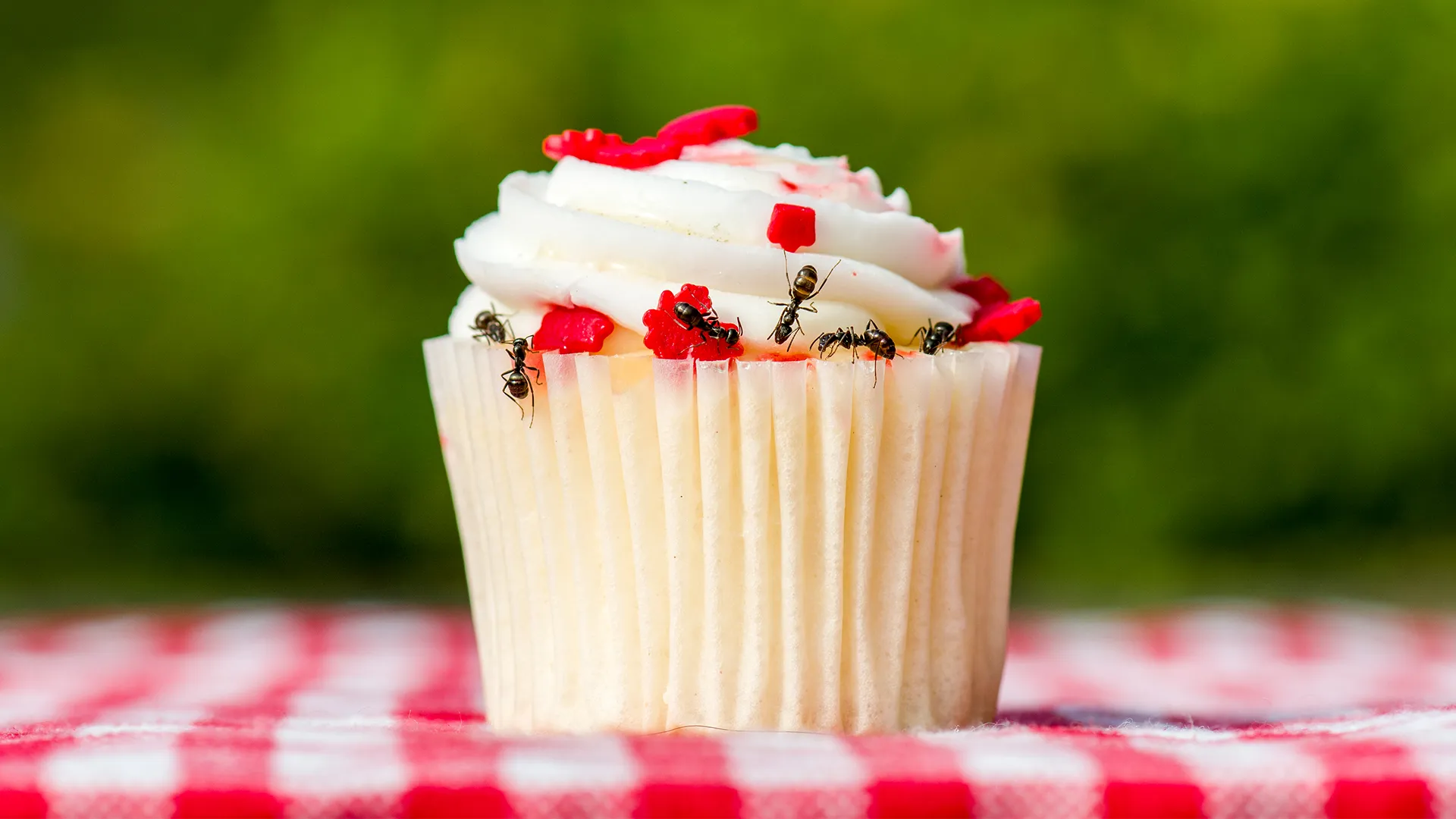


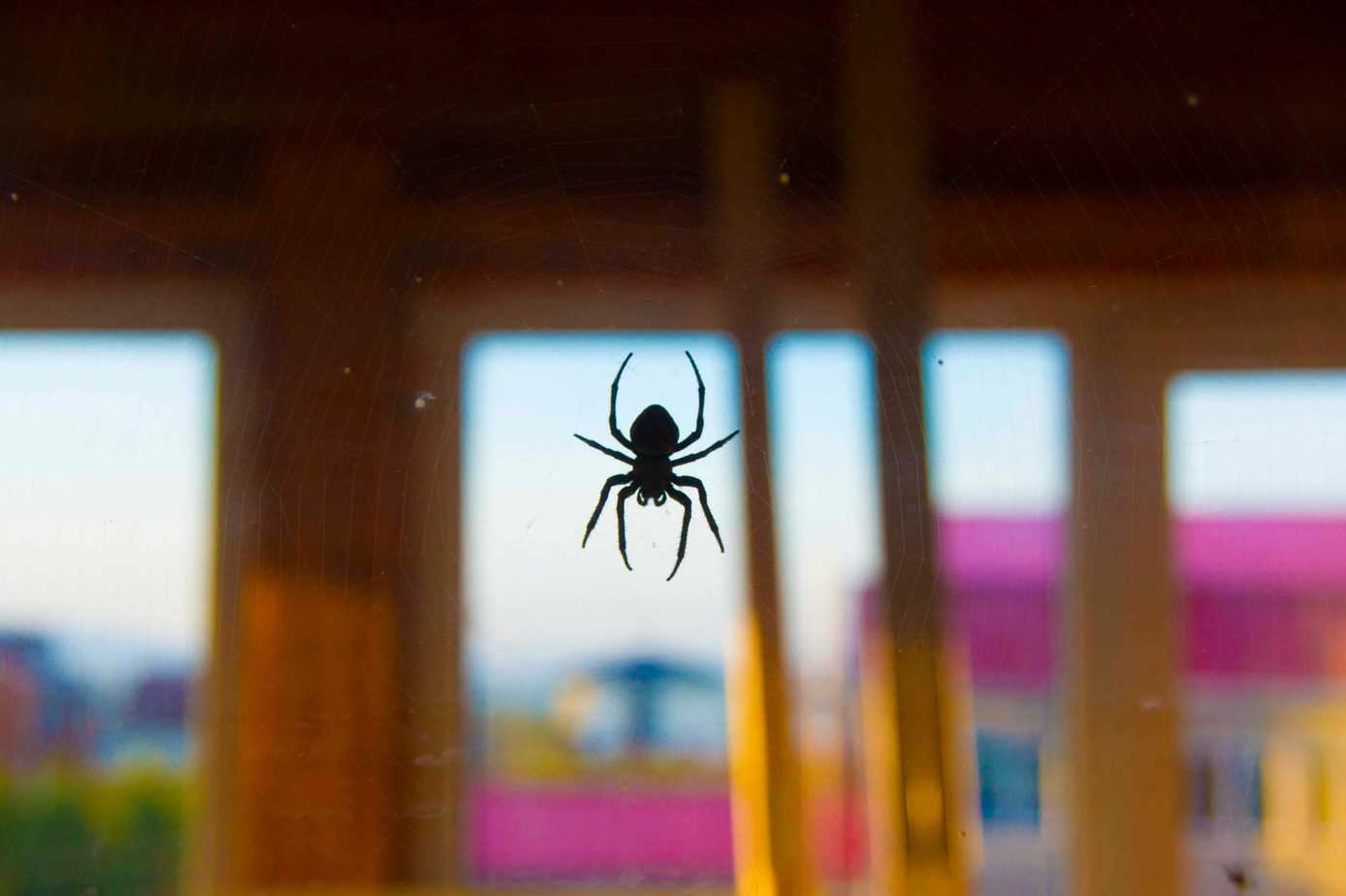
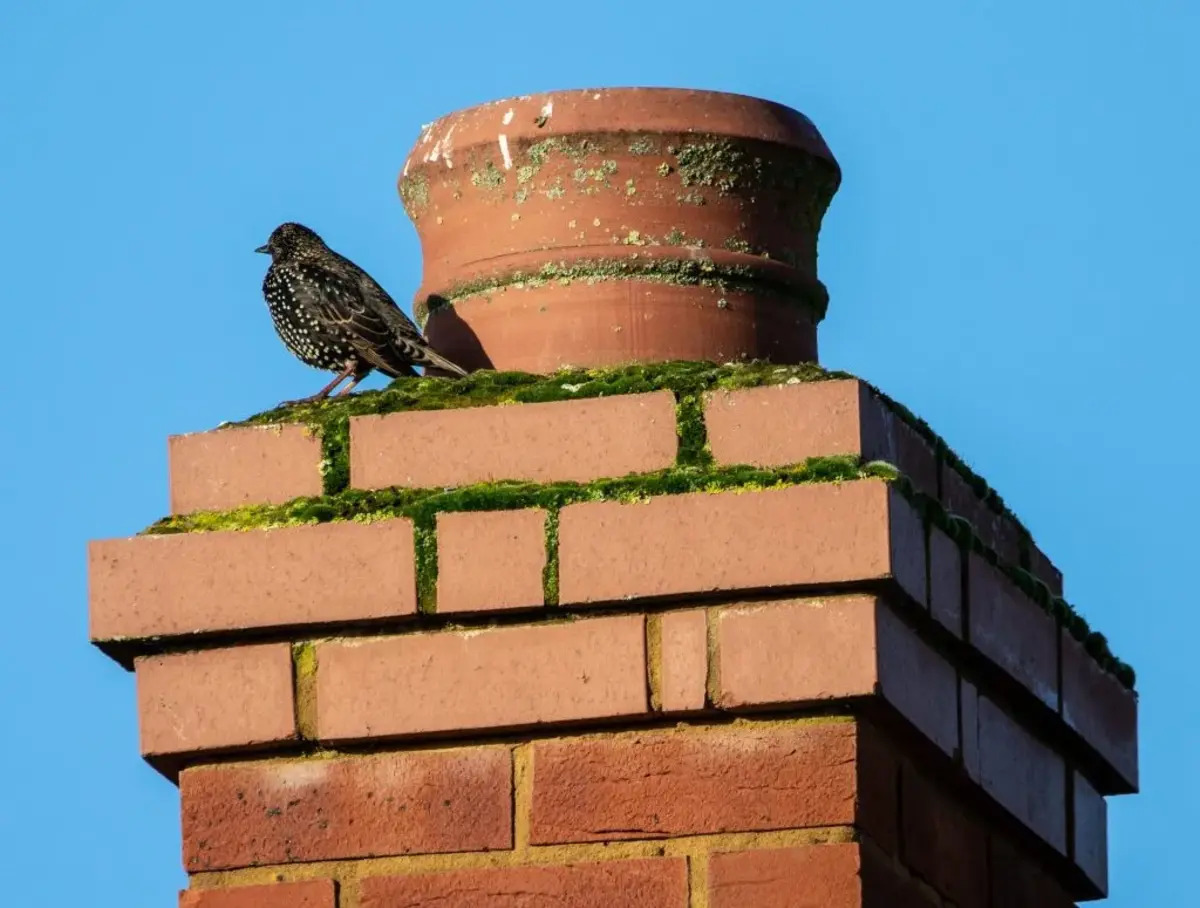
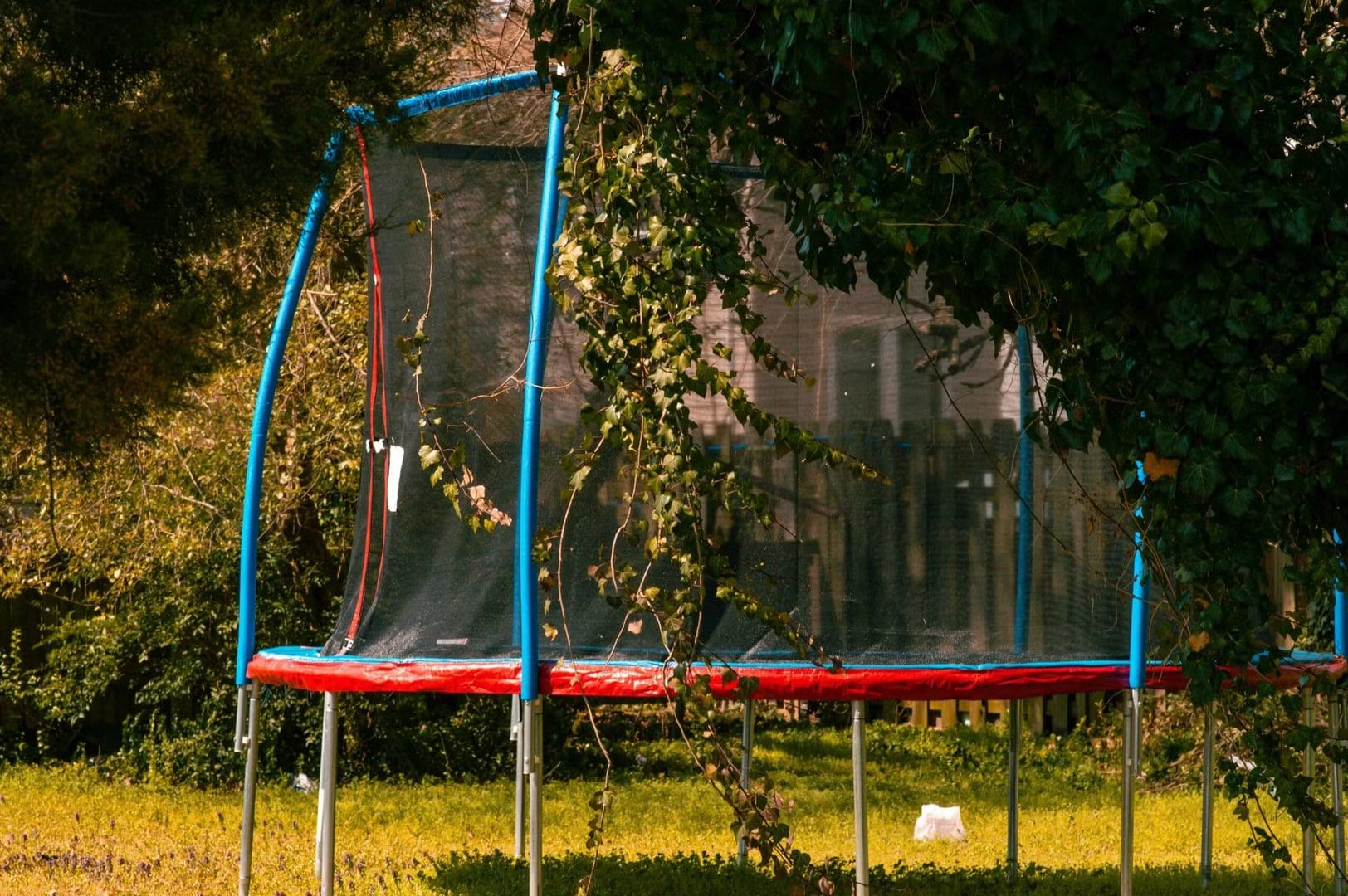
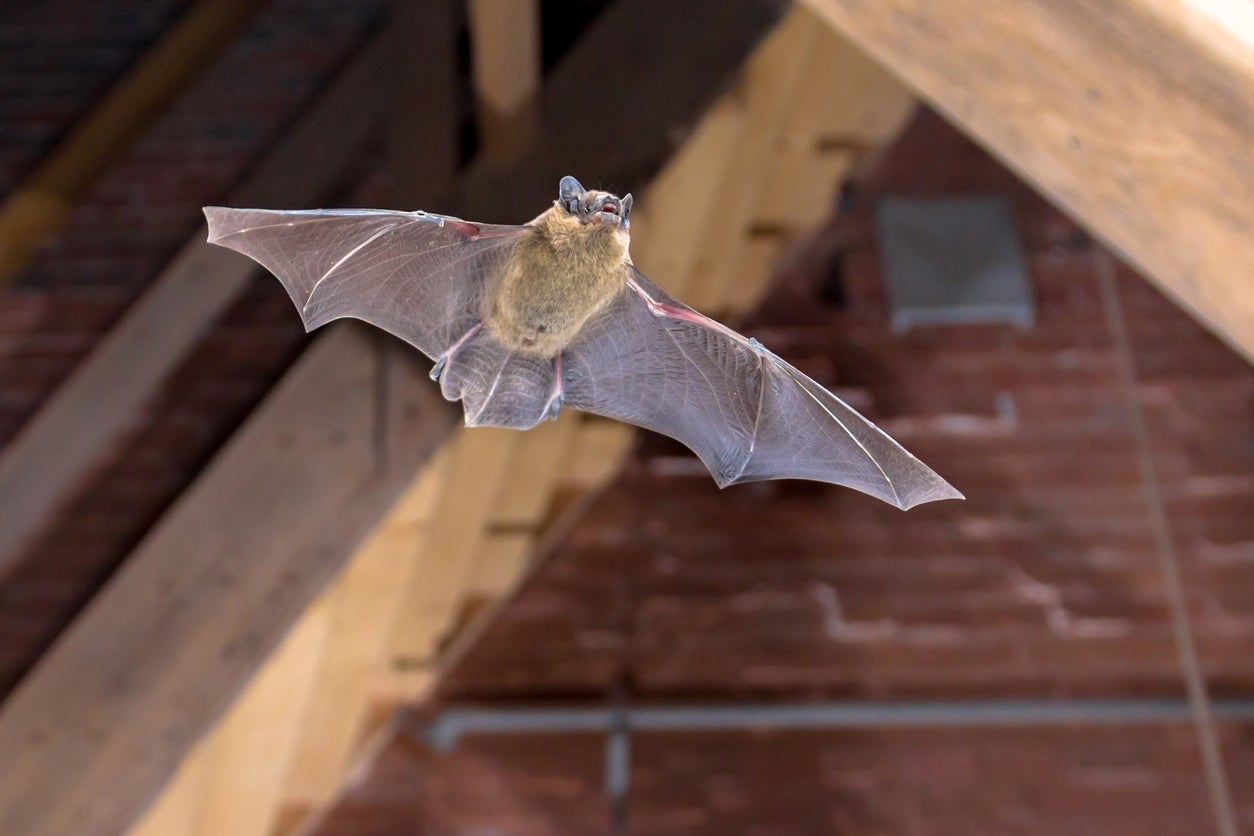
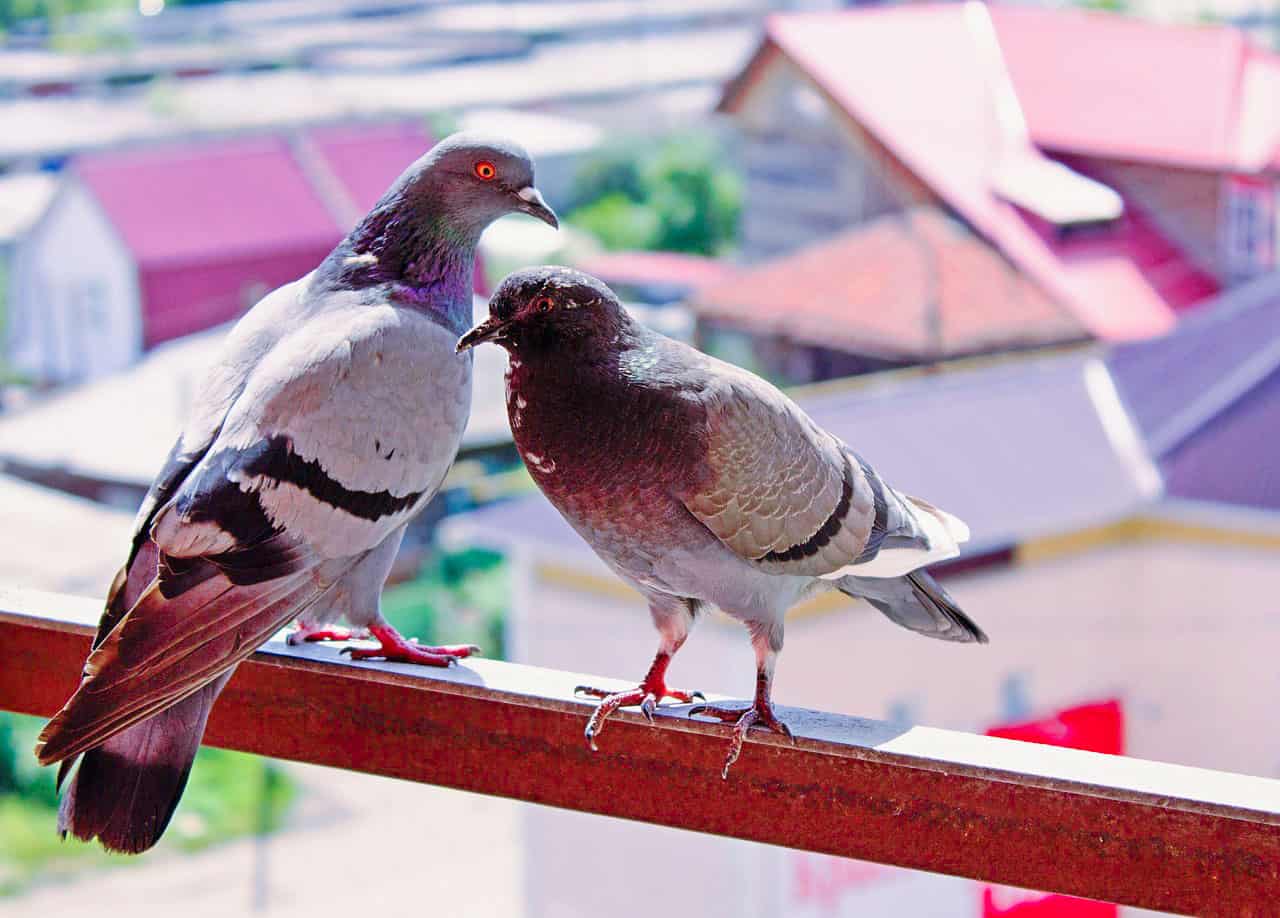

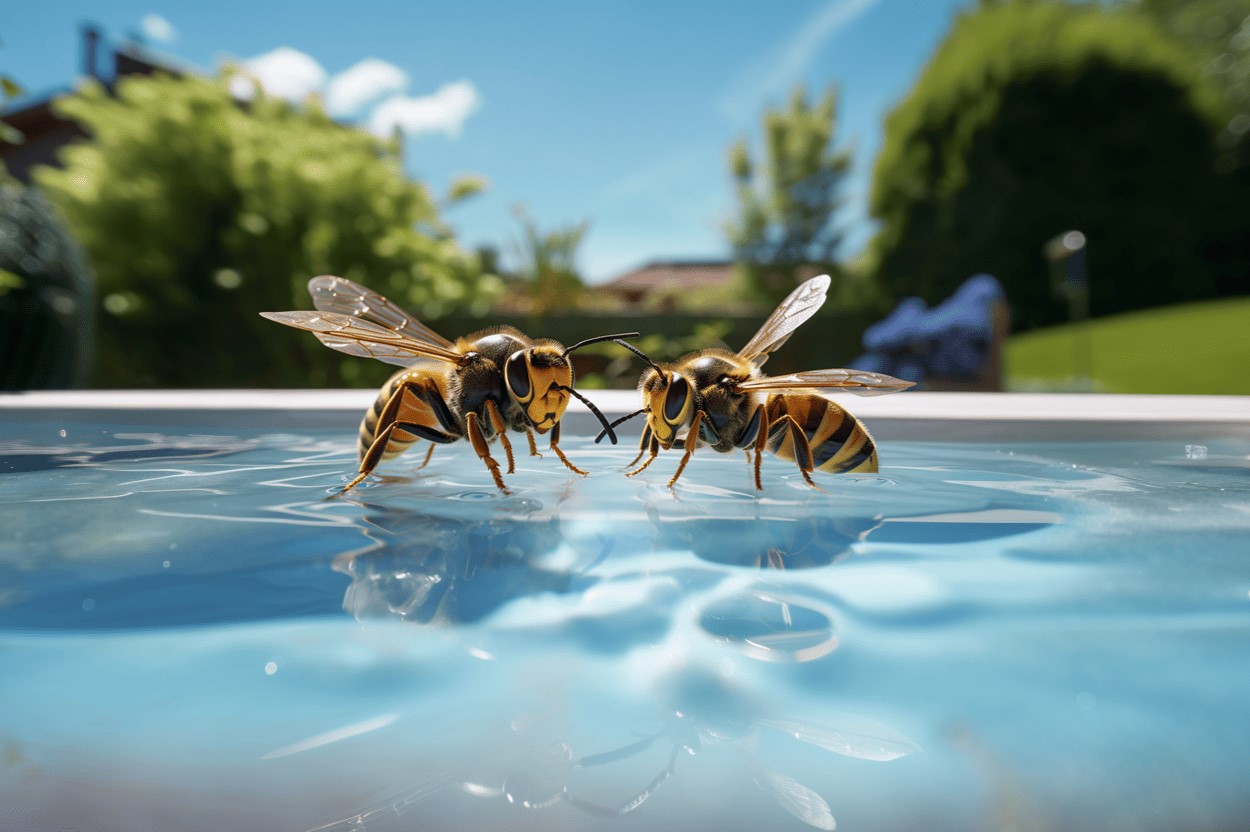

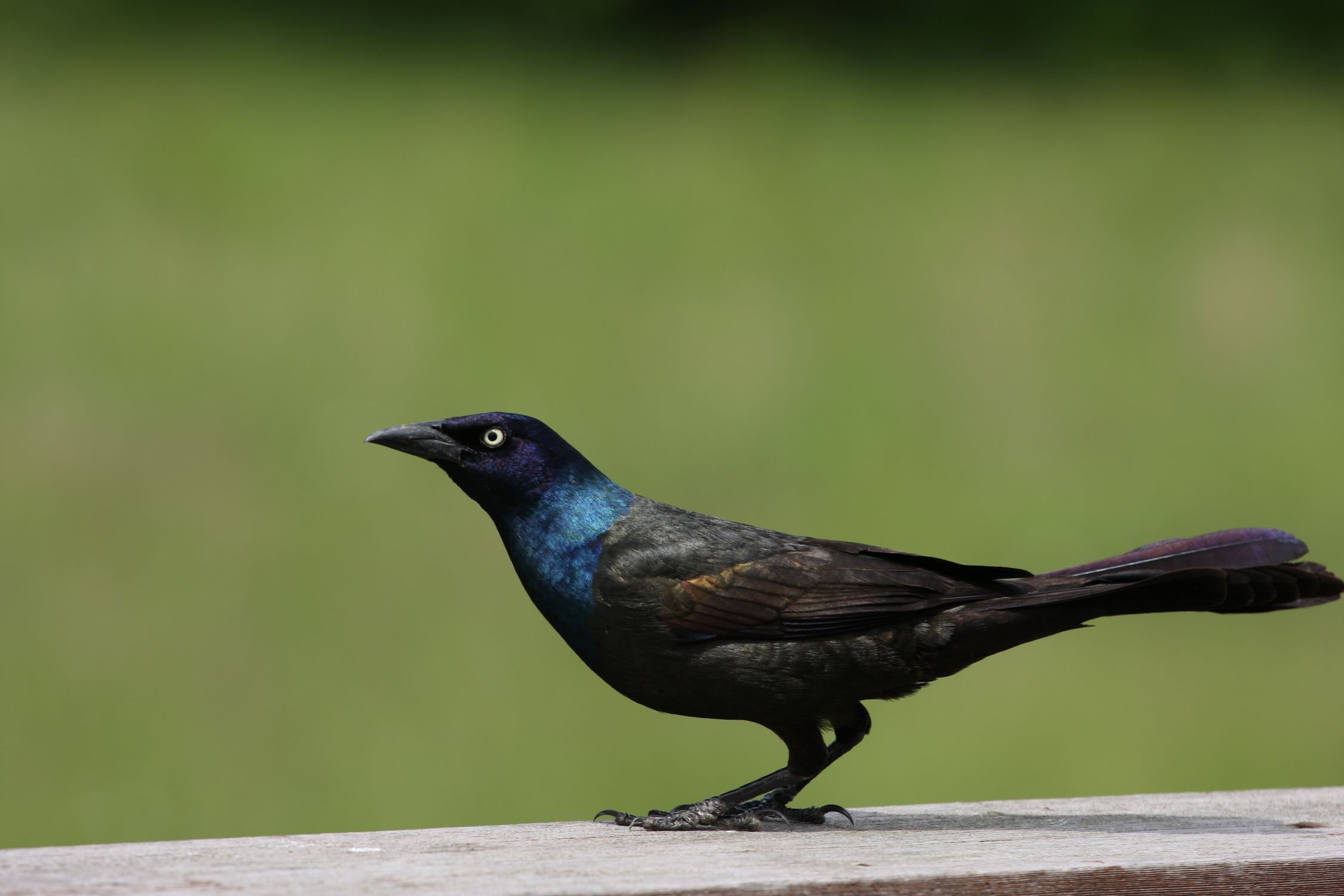

0 thoughts on “How To Keep Bugs Away From A Picnic”